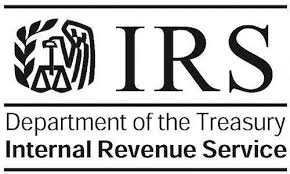About one in four of us will receive notification from a tax collection authority about a missing payment or dispute in the amount of taxes due. Most of these are “mismatch” issues where the information that the tax authority has does not match the information on the tax returns that you filed. The mismatch may include omitted income, missing filings or information that indicates a likelihood of error.
Except in simple cases where there is no dispute, it does not make sense for the taxpayer to communicate directly. If there is no dispute simply pay the amount requested online. In cases where a written response is necessary, we advise communicating as little information as possible. In the event of a dispute with the taxes due, only a relative few tax professionals are well equipped to resolve the issue on the most favorable terms. As a general rule, look for an “Enrolled Agent” or a CPA with additional evidence of tax expertise like a Master’s in Taxation or other indication of specialization in tax matters. In most cases, absent knowledge of criminal issues, it does not make sense to engage an attorney at the beginning of a tax dispute matter.
A primary role that I play is coaching a client through the process and representing them before the tax authority when necessary. The coaching and advising process is different from the representation process. The coaching process varies with each client based on their experience, story and personality. A primary goal is to filter the “story” from straightforward the case data. We must determine what process works best for each person. In contrast, the tax client representation process is always the same:
1. Client receives a letter notice from IRS, state or local letter or at least knows of a past problem that was documented in writing. (Tax disputes based on phone calls or emails are scams).
2. Client retains me to investigate and signs a power of attorney for this purpose and an engagement letter.
3. I contact the tax authority and investigate.
4. Based on that response we discuss any difference between what tax authority says and what client says.
5. We decide if the client wants me to represent them in resolving the matter above. This discussion must consider the likely costs and benefits of this stage of the process.
6. (Rarely) If there is indication of potential criminal liability or courtroom representation, then we will discuss working in coordination with a tax attorney.
7. The process is finished when we reach a written settlement agreement. In most cases a tax resolution issue takes months to resolve. The process is slowed down by CODID procedures.

